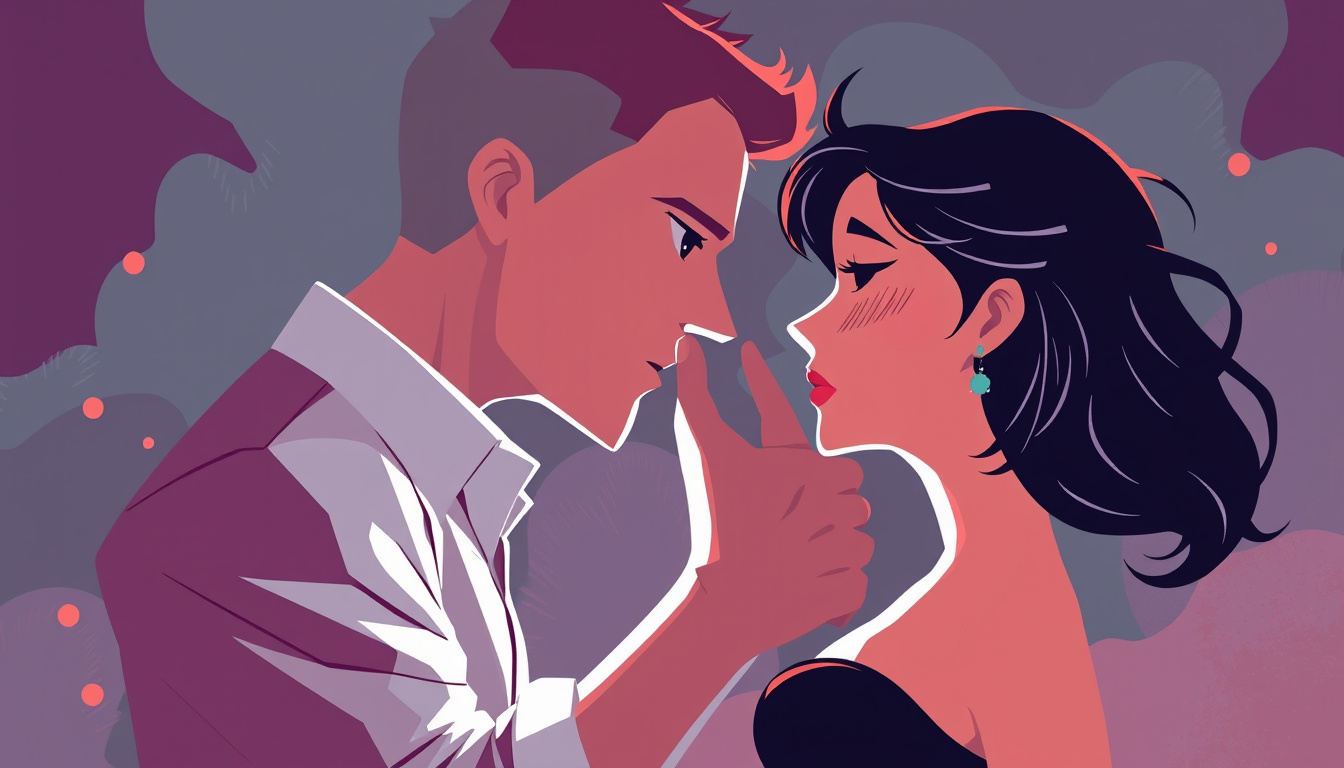Physical Address
304 North Cardinal St.
Dorchester Center, MA 02124
Physical Address
304 North Cardinal St.
Dorchester Center, MA 02124

The "enemies to lovers" trope has captivated readers and audiences across genres, serving as a rich vein of storytelling that blends tension, humor, and romance. This archetypal narrative brings together two characters who start in opposition, only to discover that the friction between them can spark an unexpected bond. But what makes this trope so appealing, and how can writers effectively harness it? Let’s delve into the elements that define this trope, the stages of character development, and the importance of crafting healthy relationships within this conflict-driven narrative.

At its core, the enemies to lovers trope revolves around the transformation of two characters from adversaries to romantic partners. These individuals, whether they are rivals in a competition, enemies in a conflict, or simply two people who disagree vehemently, must navigate their differences to find common ground. This journey often incorporates themes of misunderstanding, growth, and mutual respect, culminating in a romance that feels earned rather than forced.
Enemies in this trope can manifest in multiple forms:
These dynamics help set the stage for a compelling narrative where the characters must confront and overcome their antagonisms.
To effectively develop the enemies to lovers trajectory, writers often follow a series of stages that facilitate character growth and relationship dynamics:
Initial Conflict: Establish the reasons the characters are at odds. What beliefs or actions fuel their animosity?
Forced Proximity: Create situations that require the characters to work together, prompting them to interact despite their differences. This could be a quest in a fantasy adventure, a work project, or even a shared living space.
Gradual Attraction: Seeding moments of attraction helps to build tension. Subtle details—physical traits, shared glances—can serve as initial sparks.
Building Trust: As the characters face challenges together, opportunities for vulnerability arise. A life saved, a secret shared, or an act of kindness can lay the framework for a deeper connection.
Conflict and Resolution: Just as trust begins to blossom, introduce challenges that test their relationship. Do secrets come to light? Are they forced to make tough choices that could hurt each other?
Realization and Romance: The emotional climax usually features a moment of epiphany where one or both characters recognize their feelings. This realization paves the way for their final transformation from enemies to lovers.
It is crucial for writers to approach the enemies to lovers trope thoughtfully to avoid perpetuating toxic relationship behaviors. The essence of a healthy enemies to lovers narrative should not hinge on bullying or manipulation. Instead, it should explore how individuals can confront their biases and learn to appreciate each other’s strengths, thus transforming their initial animosity into love.
Crafting an engaging enemies to lovers story comes with its unique set of challenges. Here are a few tips for writers:
Cultivate Depth: Flesh out both characters with rich backstories to provide motivation for their initial hostility and eventual attraction.
Balance Humor and Tension: Use witty banter and sarcastic remarks to lighten tension, creating a playful dynamic amidst the conflict.
Emphasize Growth: Show characters evolving through their interactions. Their ability to overcome misunderstandings is key to their romantic development.
Focus on Interdependence: Allow the characters to rely on each other, reinforcing the idea that love can spring from mutual respect rather than dominance or manipulation.
Highlight the Transition: For readers to buy into the romance, the turning point where enemies become allies—and eventually lovers—should feel organic. Show the progression through a mixture of action and dialogue that reflects this change.
The enemies to lovers trope features prominently in numerous beloved stories and franchises. Here are a few notable examples:
"Pride and Prejudice" by Jane Austen: Elizabeth Bennet and Mr. Darcy’s classic rivalry evolves into a deep mutual respect and love, masterfully revealing the characters’ growth.
"The Hating Game" by Sally Thorne: A contemporary romantic comedy where two office workers go from antagonistic colleagues to romantic partners, showcasing their conflicting personalities and undeniable chemistry.
"Red, White & Royal Blue" by Casey McQuiston: This novel presents a delightful twist on enemies to lovers through the lens of political rivals, blending humor with heartfelt emotion.
The enemies to lovers trope offers a dynamic narrative framework that explores the complexities of human relationships. By transforming conflict into romance, writers can create engaging stories that not only entertain but also resonate with readers on a deeper level. When executed thoughtfully, this trope can highlight the enduring human capacity for connection, understanding, and love, even in the most unexpected of circumstances. As this trope continues to thrive in literature and media, both writers and readers alike will find joy in witnessing rivalries turn into passionate romances.
If you enjoyed this post and you’re craving more stories that sizzle, check out my books at Arizona-Jewel. From slow burns to explosive encounters, there’s a story waiting to sweep you away.